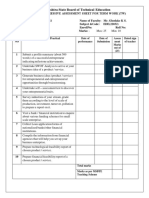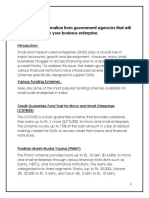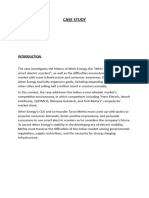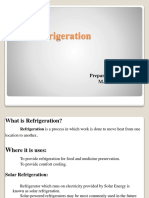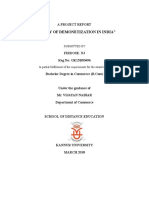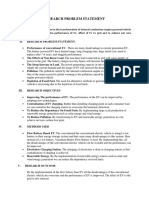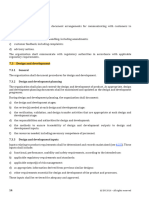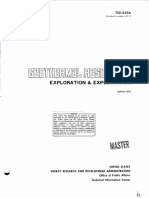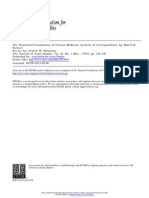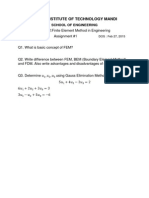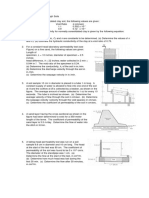0% found this document useful (0 votes)
793 views5 pagesStartup Market Survey Report
The Market Survey Report outlines the importance of conducting a market survey for startup entrepreneurs, detailing objectives such as identifying customer segments and understanding the competitive landscape. It discusses data collection methods, including primary and secondary research, and emphasizes the need for customer and competitor analysis to inform business strategy. The report concludes with recommendations for integrating survey findings into decision-making to enhance planning and investor confidence.
Uploaded by
sachinpd1008Copyright
© © All Rights Reserved
We take content rights seriously. If you suspect this is your content, claim it here.
Available Formats
Download as PDF, TXT or read online on Scribd
0% found this document useful (0 votes)
793 views5 pagesStartup Market Survey Report
The Market Survey Report outlines the importance of conducting a market survey for startup entrepreneurs, detailing objectives such as identifying customer segments and understanding the competitive landscape. It discusses data collection methods, including primary and secondary research, and emphasizes the need for customer and competitor analysis to inform business strategy. The report concludes with recommendations for integrating survey findings into decision-making to enhance planning and investor confidence.
Uploaded by
sachinpd1008Copyright
© © All Rights Reserved
We take content rights seriously. If you suspect this is your content, claim it here.
Available Formats
Download as PDF, TXT or read online on Scribd
/ 5
















